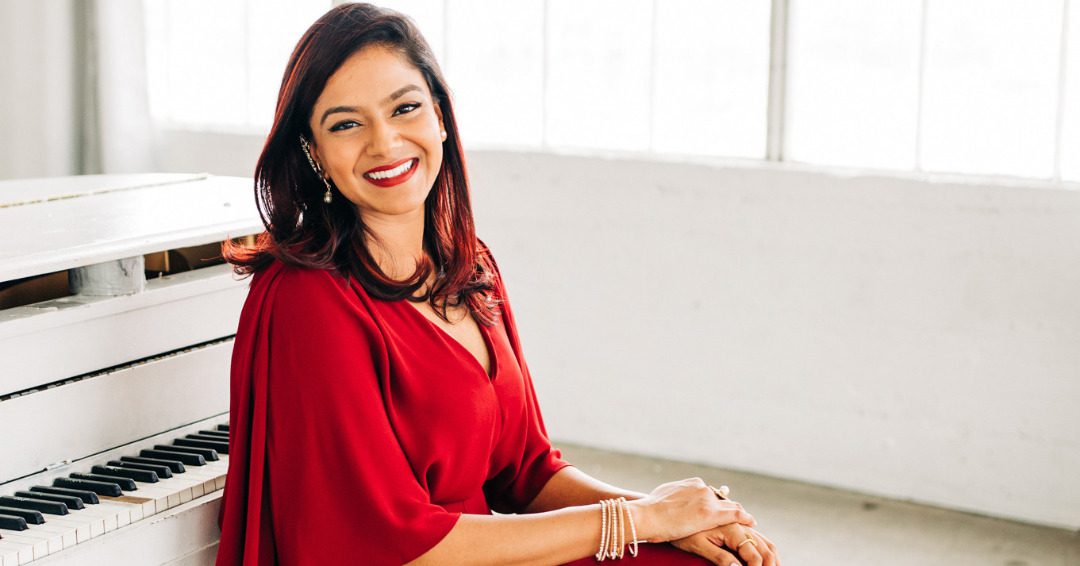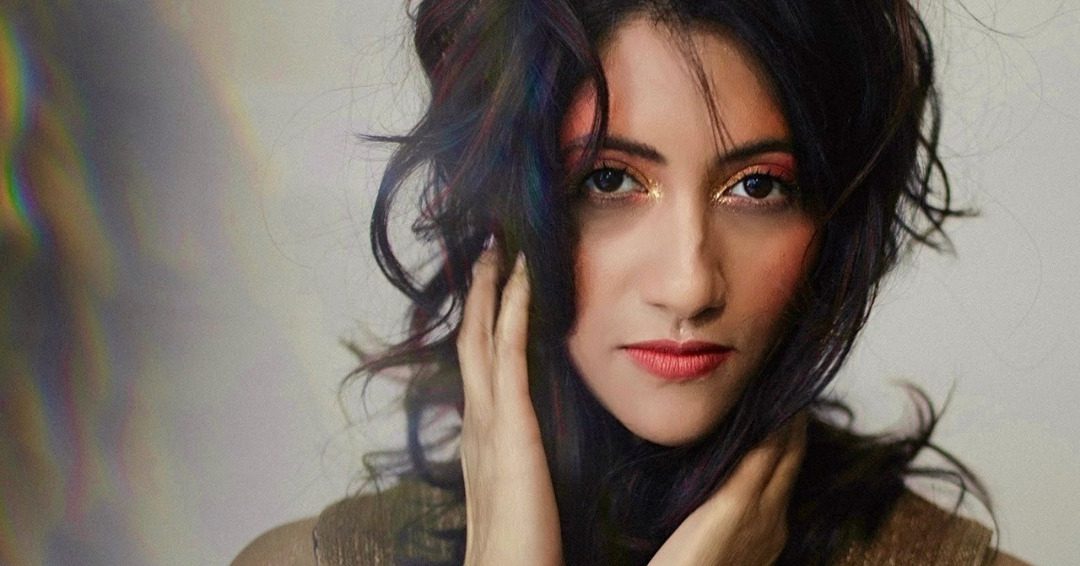Few global artists seamlessly weave the East with the West as Indian-American rapper Raja Kumari. The quintessential bindi, smoky eye shadow, splendid headgear, chunky jewellery, and cool swag speak volumes about Raja Kumari as an artist. In no time, she has carved a signature style for herself by blending rap with hip-hop with an Indian chutzpah.
Born and brought up in the US to Telugu doctor parents, Svetha Yallapragada Rao aka Raja Kumari is truly a desi at heart, and this comes across in her music. But it took the Grammy-nominated songwriter a while to find her true calling.
Being raised in Southern California, Raja Kumari did find herself in the middle of an identity crisis (more on that below.) However, she explored classical dance forms as a child to remain close to her roots. And it’s this love for Indian culture and art that forms a prominent part of her music.
View this post on Instagram
It was in her teens that she stumbled upon Fugees, a hip-hop band that made Raja Kumari truly believe in the power of music. She was so enchanted by hip hop that at 13 she began experimenting with song-writing and in the next two years, she started making her music.
Collaborating with Gwen Stefani, Iggy Azalea
In no time, the 35-year old started collaborating with the likes of Gwen Stefani, Iggy Azalea, Fifth Harmony, and Timbaland. Her first big placement was Iggy Azalea’s Change Your Life, the song that got her first Grammy nomination.
But it wasn’t until the Telugu American saw Iggy Azalea’s video of Bounce (where Iggy is seen wearing a golden kiritam, a headgear that Kumari wears only when she plays Saraswati or Lakshmi for her performances) that she decided to truly own her music. In Kumari’s own words, the Bounce video woke her inside. In a conversation with Paper magazine, she said:
“I thought I can’t keep writing for other people and allow them to exploit my culture. It just woke me up. Seeing someone put on my culture like a costume, it was like ‘my culture is your gimmick’ and I’m just not playing that way anymore.”
Countering racism
But it wasn’t a smooth start for the fiery musician at the onset of her journey as she faced racism. She was asked to tone down her ethnicity. “I was told that I was too Indian to be successful in America. I struggled to find someone to look up to as a South Asian kid in America,” she told Indiacurrents.
Even a kid, she never shared her love for classical dance with her friends for the fear of judgement.
City Slums with Divine
Raja soon shifted gears and moved to India in 2017 to explore music. She exploded into the Indian music scene with City Slums, a collaboration with rapper Divine. In doing so, she gave voice to a genre that has been almost invisible in the Indian music scene.
Her songs are a unique blend of the East and the West, and the rapper calls herself a bridge between the two.
“Me being an American girl, born in America, I am from the West but I am a seed of the East with my knowledge of Eastern culture. It’s my goal to be a vessel of culture between the two,” she told NBC.
Through her collaborations, the Telugu American has given Indian talent a global platform. From being a judge on MTV Hustle, a rap battle competition to signing Indian label Sony Music, Raja Kumari is happily merging the East with the West.
Raja Kumari wants to be an inspiration for younger girls who are passionate and love their culture.
“I realised I had to become that person so many younger girls want to see. Help them see it’s okay to be American and be Indian,” she added.
When she is not busy making music in India, she makes her presence felt across the globe. She has been nominated thrice for MTV European Music Awards for Best India Act. Not only this, she is the only person of Indian origin to host the American Music Awards.
But the popular star has also found herself in the eye of the storm many a times.
From accusations of cultural appropriation to being slammed for using Mumbai slums as the backdrop for City Slums video to facing heat for promoting caste hierarchy in Roots, Raja Kumari has had her share of trolling. But the artist is unperturbed by the controversies because she is here to stay.
Giving Back
Since her childhood, the Indian American has been associated with charity work. As a trained Kuchipudi, Bharatnatyam and Odissi dancer, her craft took her across India where she helped raise money to build a meditation hall at the Vegesna Foundation – a school for physically abled children in Hyderabad. She also donated a wing for a hospital in Bengaluru. This led to her being recognised as a benefactor by the Foundation of Indic Philosophy and Culture.
View this post on Instagram
Even in the US, she performed for many temples as a child to raise funds for building temples in Southern California.
In 2020, the artist collaborated with UNICEF for a version of Bob Marley‘s One Love and donated all the proceeds to charity.
Currently, she is backing the charities that support girl child.
“I believe in India we need more attention and more support to encourage young girls to be in art and not just sciences or leaving school as we usher in an era of more creative artists. So anything that will help support the art, I am there,” added Kumari.
When the artist entered the rap scene, seeing a woman on stage was a rarity. She made it her mission to change the dynamics and use her influence to create a platform for female artists. And that’s exactly happened with her latest track The Rani Cypher that focuses on gender equality.
RELATED READ: Farah Khan to Shiamak Davar: Meet 5 choreographers who have put India on the global map


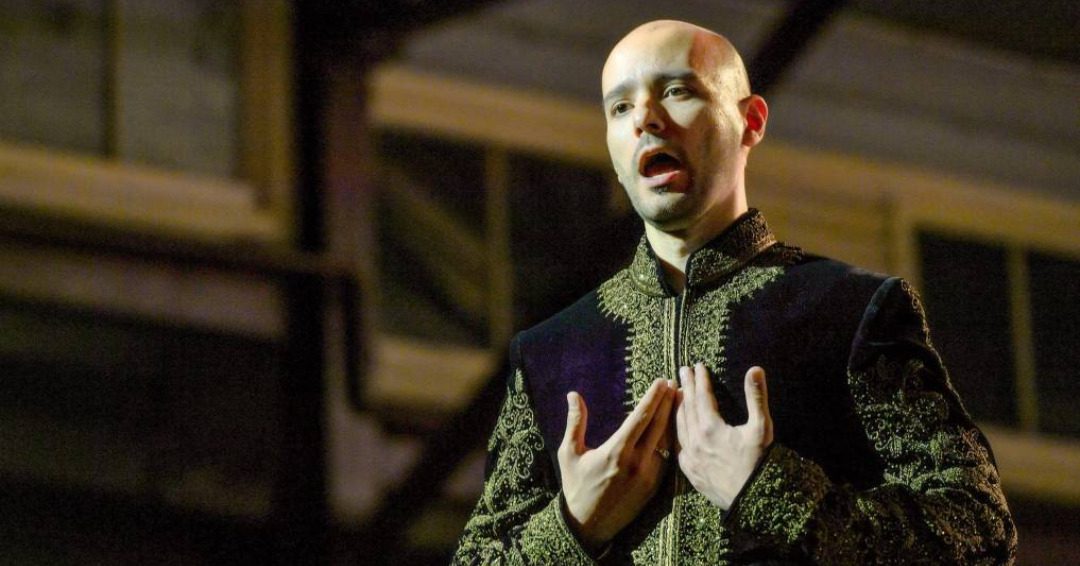
 Shanul Sharma during his band days. ((Photo Courtesy: ABC News)[/caption]
Shanul Sharma during his band days. ((Photo Courtesy: ABC News)[/caption]

 Anurag Shanker[/caption]
Anurag Shanker[/caption]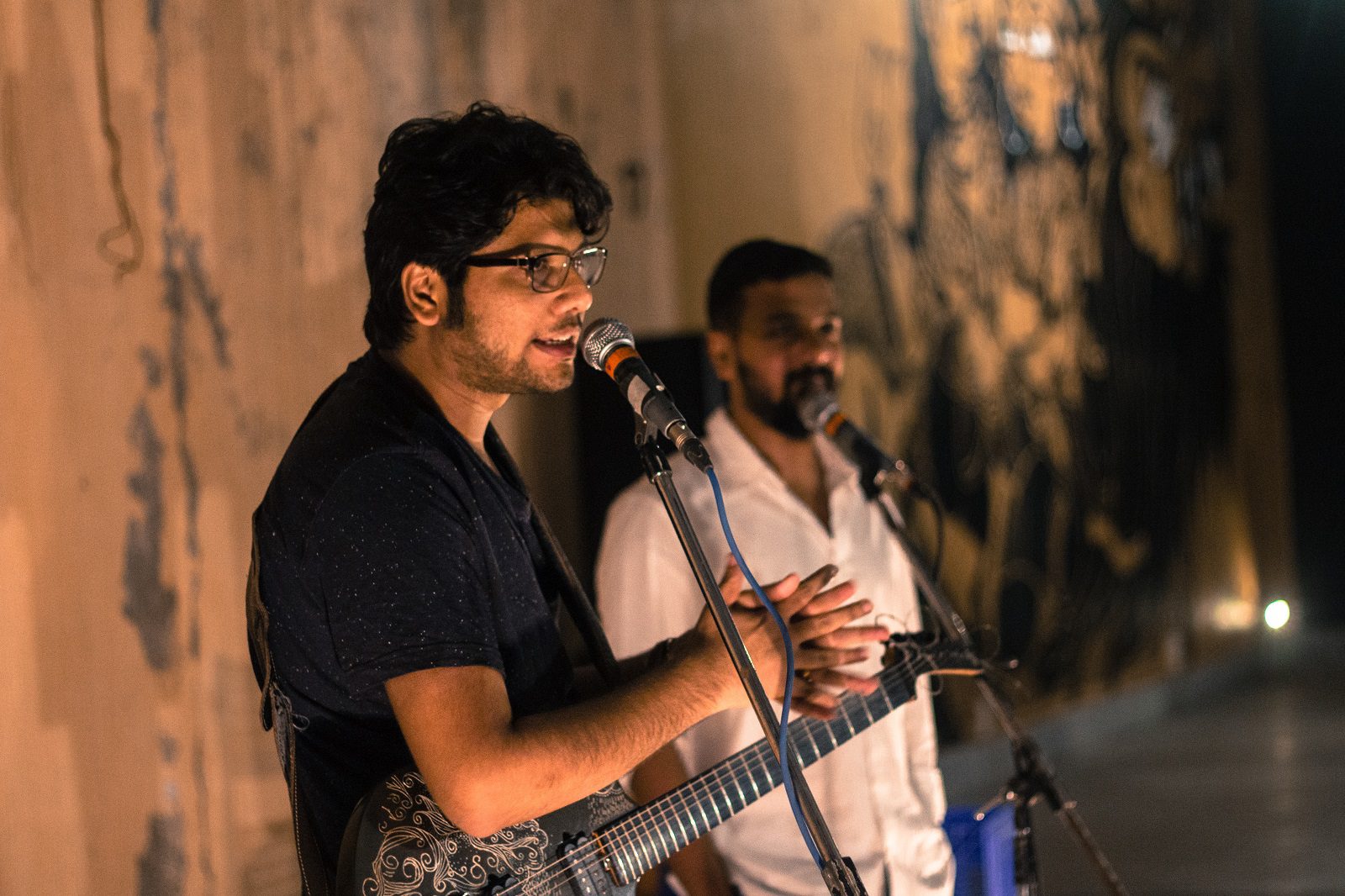 Live with Namit Das. Picture: Vaishnavi Suresh[/caption]
Live with Namit Das. Picture: Vaishnavi Suresh[/caption]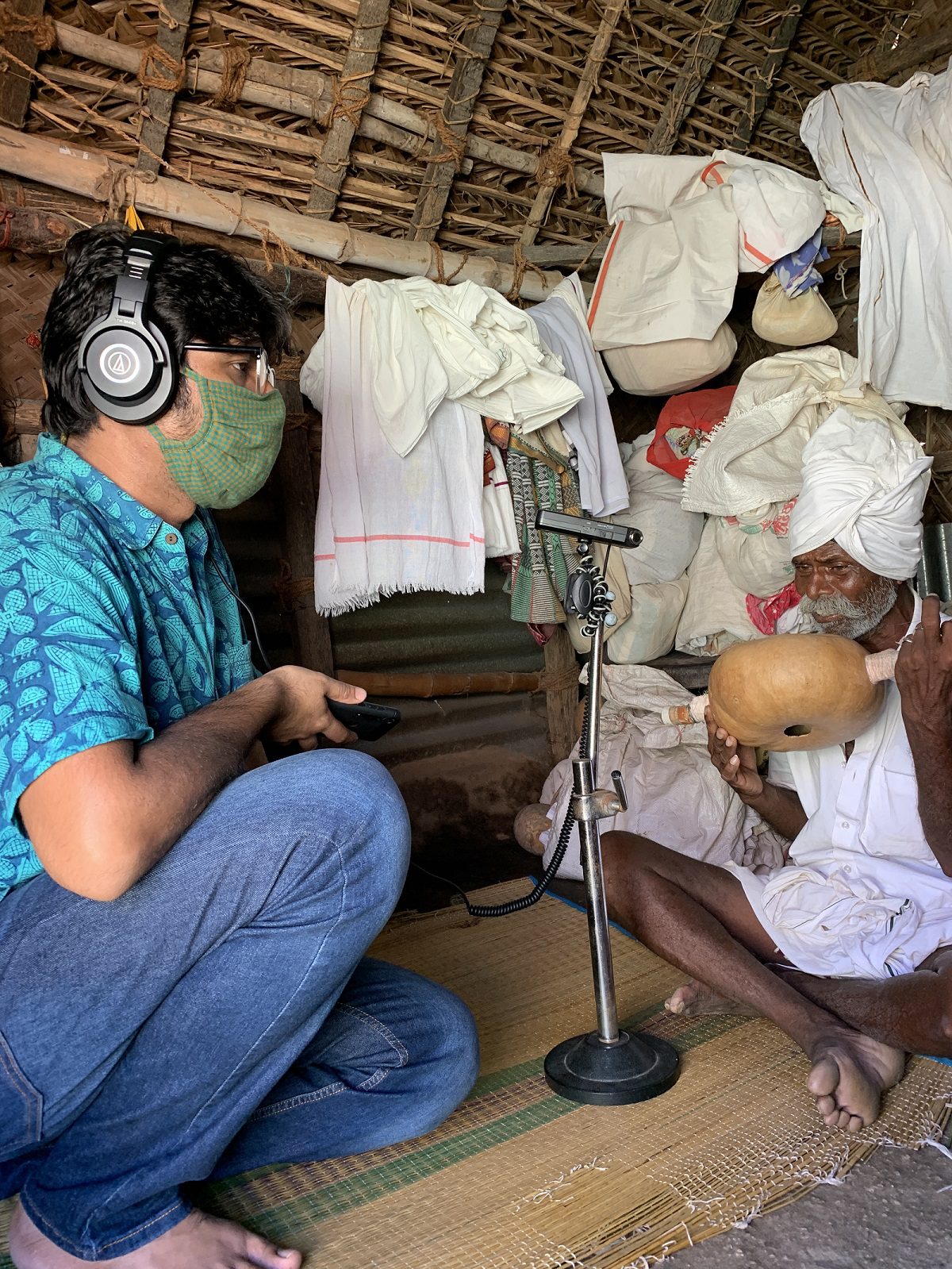 The composer recording Kinnaram from Tamil Nadu[/caption]
The composer recording Kinnaram from Tamil Nadu[/caption]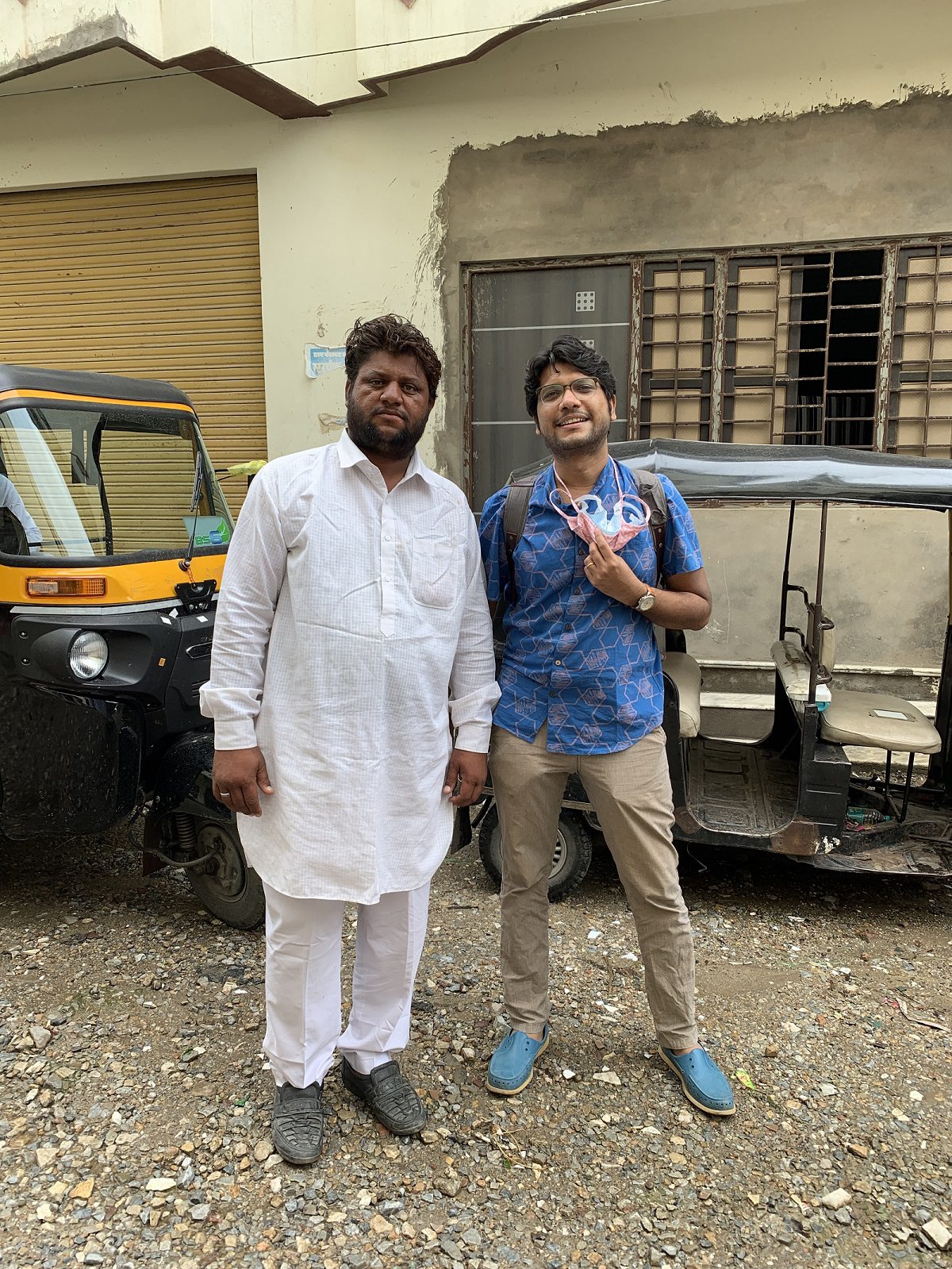 Anurag with Manganiyar singer Peeru Khan[/caption]
Anurag with Manganiyar singer Peeru Khan[/caption]